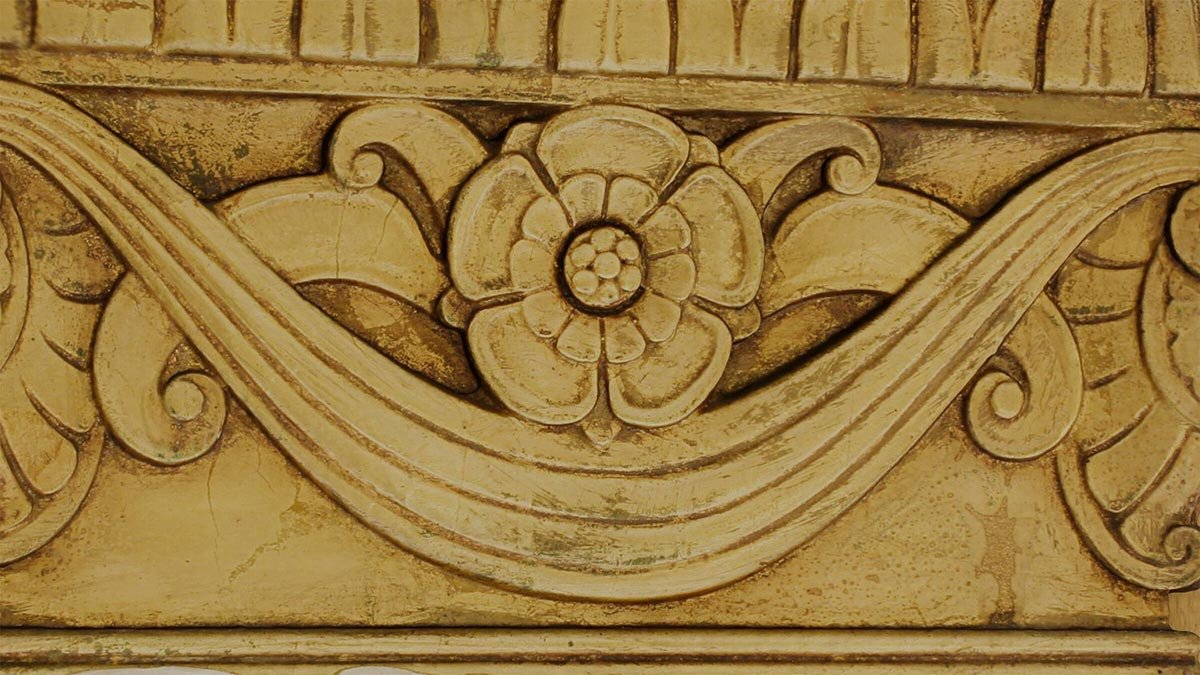Photogrammetry for Historic Preservation
Photogrammetry: A Gateway to the Past
Photogrammetry stands as a cornerstone in the realm of historic preservation, offering an innovative approach to capturing the essence of our architectural heritage. This technique, which meticulously transforms 2D photographs into 3D models, has become instrumental in documenting, assessing, and conserving historic sites and artifacts. With photogrammetry, every detail of a structure, from the grand facades to the intricate carvings, is preserved in digital form, providing a basis for future restoration and research efforts. This non-invasive method ensures that the character and integrity of historic sites are maintained, allowing us to safeguard our cultural legacy for future generations.
Dallas Bennett capturing photogrammetry at The Breakers mansion in Newport, RI
Photogrammetry of Column Capital at the Waldorf Astoria Hotel in New York, NY
Photogrammetry of Historic Church Facade in Tuscany, Italy
Synergy of Photogrammetry and Laser Scanning
While photogrammetry excels in capturing textures and colors with remarkable precision, its combination with laser scanning elevates the accuracy and comprehensiveness of preservation projects. Laser scanning, known for its ability to capture the geometric details of structures with high precision, complements photogrammetry's texture-rich models. Together, they provide a holistic view of historic sites, encompassing both the visible beauty and the underlying structural details. This synergy is particularly beneficial in complex preservation projects where both aesthetic and structural integrity are paramount. By harnessing the strengths of both technologies, MYND Workshop ensures that every aspect of a historic site is documented with unparalleled accuracy and detail, facilitating informed conservation decisions and immersive storytelling.
Combining Laser Scans with Photogrammetry of St Mary's Church Facade (Stamford, CT)
Orthophoto from Photogrammetry & Laser Scanning capture of St Mary's Church Facade (Stamford, CT)
Deliverables: Bringing History to the Digital Realm
The fusion of photogrammetry and laser scanning yields a diverse array of digital assets, each serving a unique purpose in the preservation process. High-fidelity 3D models emerge as the centerpiece, offering a digital twin of historic sites that can be used for in-depth analysis, virtual tours, and educational purposes. Point cloud data, enriched with photorealistic textures from photogrammetry, provides a detailed representation of sites, enhancing our understanding of their current state and informing restoration strategies. Orthophotos, with their distortion-free orthographic views, serve as an invaluable resource for large-scale site assessments and planning. Additionally, interactive models and precise measurement data derived from these technologies empower preservationists with the tools to explore and quantify historical environments in ways never before possible. MYND Workshop's commitment to delivering these comprehensive digital assets ensures that the essence of historic sites is not only preserved but also made accessible to a wider audience, fostering a deeper appreciation of our architectural heritage.
Orthophoto from LiDAR combined with Photogrammetry for documenting a Painted Ceiling (The Noble Maritime Museum, Staten Island, NY)
3D Textured Mesh from Laser Scans paired with Photogrammetry to capture room at The Met Cloisters
Frequently Asked Questions
-
Photogrammetry transforms 2D photographs into detailed 3D models, offering an innovative way to document historic structures with precision. This method captures every nuance of a site's architecture, from grand facades to intricate details, preserving them digitally for future restoration, research, and educational purposes. It ensures that the character and authenticity of heritage sites are meticulously recorded, facilitating their preservation for posterity.
-
Combining photogrammetry with laser scanning brings together the best of both worlds: photogrammetry's ability to capture textures and colors in high detail and laser scanning's precision in recording a structure's geometry. This synergy results in comprehensive 3D models that are both aesthetically rich and geometrically accurate. Such detailed documentation is invaluable for informed restoration planning, structural analysis, and creating immersive, educational experiences related to the historic site.
-
Digital assets generated through photogrammetry, such as 3D models, point cloud data, and orthophotos, serve multiple roles in historic conservation. They provide a baseline for condition assessments, allowing conservators to detect and monitor deterioration over time. These assets also aid in the precise planning of restoration efforts, ensuring interventions are accurate and respectful of the original architecture. Furthermore, they enable the creation of interactive experiences and virtual tours, making heritage sites accessible to a global audience and fostering a deeper appreciation for historic preservation.







